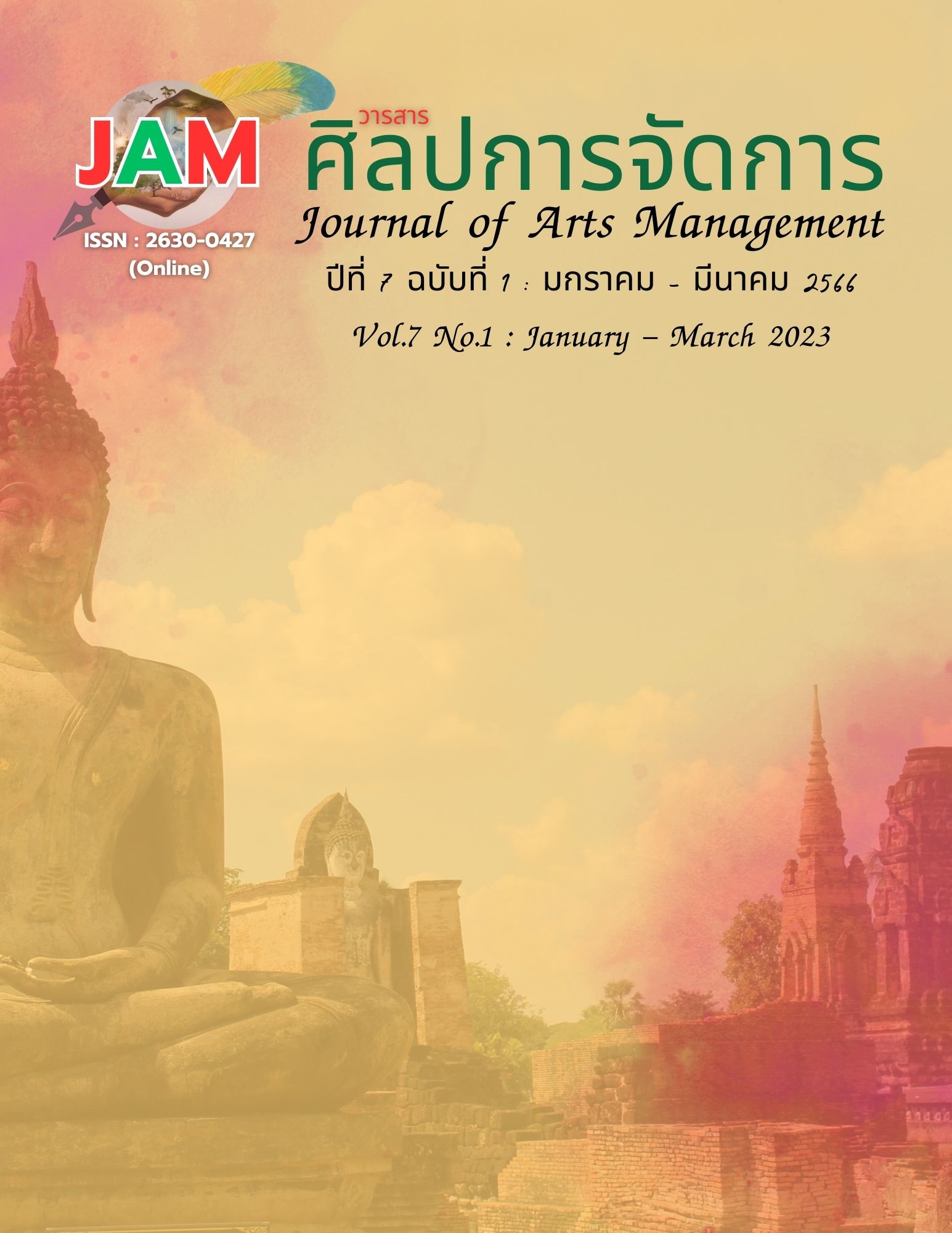Lexicon of Vipassanabhavana in Buddhist Scripture
Main Article Content
Abstract
This research on the "Lexicon of Vipassanabhavana in Buddhist Scriptures" contained 3 objectives: to study the knowledge set of the "Lexicon of Vipassanabhavana", to create the knowledge set of the "Lexicon of Vipassanabhavana", and to present the "Lexicon of Vipassanabhavana." This research was documentary research by collecting and analyzing the data using the word formation process according to Saddāvisesa tradition and then bringing it to organize a knowledge set of the "Lexicon of Vipassanabhavana." The results showed that:
1. The knowledge set of the “Lexicon of Vipassanabhavana” appear in Buddhist scriptures were conducted according to Pali linguistic principle and classified into consonant categories by its original articulation, namely: the grouped consonants; (1) k, kh, g, gh, ṅ, (2) c, ch, j, jh, ñ, (3) t, th, d, dh, n (4) p, ph, b, bh, m, and (5) the ungrouped, y, r, l, v, s, h, ḷ, ṁ or ŋ.
2. The building process knowledge set of the "Lexicon of Vipassanabhavana’ by collecting vocabulary about Vipassanabhavana in the Buddhist scriptures and selecting words according to the Satipatthana Sutra, then bringing the word analysis in order to parse Pali words by illustrating the origin of each term composed of root, declension, suffix, literal meaning, and derivation form of the Pali terms. After analysis, the words were combined as complete terms based on the word formation process in the Saddāvisesa tradition and were organized into a knowledge set.
3. This “Lexicon of Vipassanabhavana” was designed into 2 main parts: The knowledge set of ‘Lexicon of Vipassanabhavana’ taken from Mahasatipatthana teachings consisting of 4 parts; (1) Lexicon or words found in Kāyānupassanāsatipaṭṭhāna section, (2) words found in Vedanānupassanāsatipaṭṭhāna section, (3)words found in Cittānu-passanāsatipaṭṭhāna section, (4) words found in Dhammānupassanāsatipaṭṭhāna section, and The knowledge set of general vocabularies used to clarify the Vipassana meditation practice.
Article Details

This work is licensed under a Creative Commons Attribution-NonCommercial-NoDerivatives 4.0 International License.
Views and opinions appearing in articles in the Journal of Arts of Management It is the responsibility of the author of the article. and does not constitute the view and responsibility of the editorial team I agree that the article is copyright of the Arts and Management Journal.
References
Kalupahana, David J. (1992). A History of Buddhist Philosophy: Continuities and Discontinuities. University of Hawaii Press.
Mahachulalongkornrajavidyalaya University. (1989). Pali Commentary. MCU Press.
Mahachulalongkornrajavidyalaya University. (1996). Thai Tripitakas. MCU Press.
Mahachulalongkornrajavidyalaya University. (2009). Thai Commentary. MCU Press.
Pengpala, P. (1990). Influences of Pali and Sanskrit on Thai (4th ed.). Ramkhamhang University.
Phrayankittitera. (1999). Abhidhammaddha Panchika Addhayochana. MCC Press.
Phraaccavangsatera. (2003). Saddhaniti Dhatmala the Main Scriptures of Pali Maha Grammar. (Translate by Phramahanimit Dhammasalo et al.). Pitakagson Press.
Phrabuddhappiyamahatera. (2000). Patarupasitti. Thammasapha Press.
Phra Dhampidok (P. A. Payutto). (1999). Buddha’s Teaching Methods. Berkman.
Phramahasompong Mutito. (2003). Abhidhamwanna. Payul Printing Press.
Phramokkallanamahatera. (1992). Abhitanpapatipika and Abhitanpapatipika Suci. MCC Press.
Phrasopanamahatera. (2006). The Foundations of Mindfulness to the path leading to Nivarana (Translate by Phracantasarapiwong). Thairaiwan Press.
Phravisuttacharamahatera. (2016). Dhatuwattasangkahapatanissaya (2nd ed.). Printing Dhana company.
Sangchanknam. (1997). Teaching Methods of the Buddha. MCC Press.


